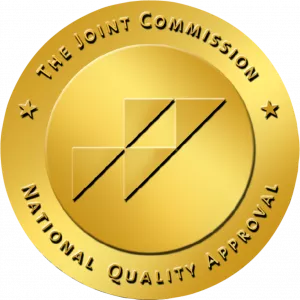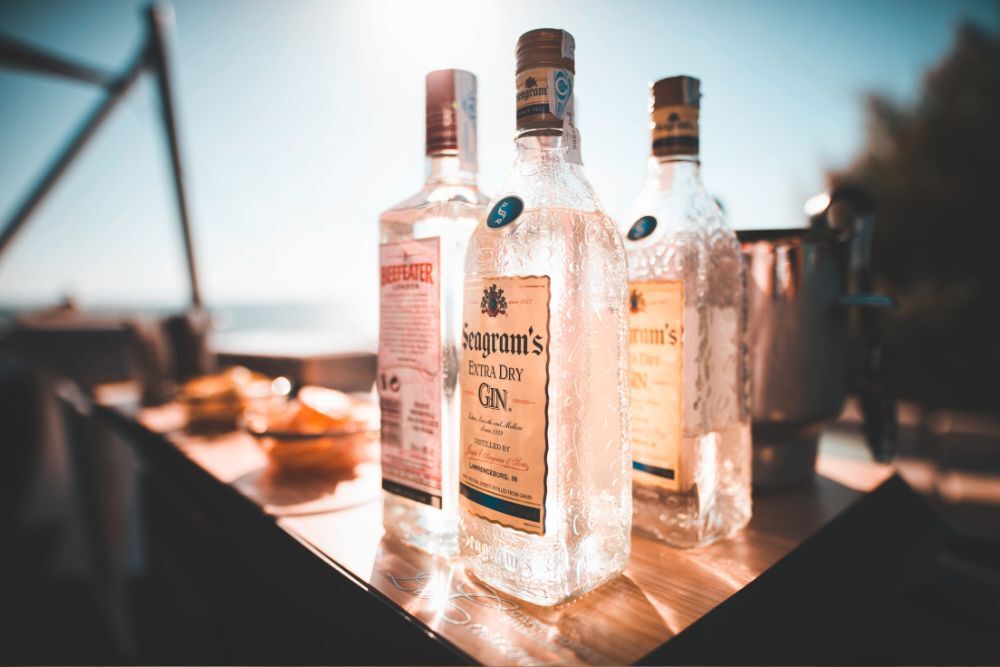Moonshine refers to the illegal, unregulated production of alcohol, specifically a strong homemade liquor or unaged whiskey with higher alcohol content than regular alcohol. Since the making of moonshine alcohol is entirely unregulated, it’s difficult for consumers to know the contents of their drink and, therefore, predict its effects on the body.
On the street, moonshine is also called lightning, hooch, rotgut, and mountain dew. Moonshine alcohol may feel exciting and adventurous to people who enjoy the risk of consuming more potent and dangerous alcohol, but the side effects may just not be worth it.
If you or a loved one are addicted to moonshine alcohol, or you have concerns about them using moonshine alcohol, read on to discover: what is moonshine alcohol, what are the dangers of moonshine, and what recovery treatment options are available to treat alcohol addiction.
The History of Moonshine
During the Prohibition Era in the 1920s, The United States enacted a nationwide ban against the production, sale, and drinking of alcohol across the US. To that end, underground ‘bootlegging’ bars sprouted across the U.S., where alcohol was produced and sold illegally. This illicit alcohol became known as “moonshine” because the alcohol was often produced at night, under the moonlight, to avoid detection.
Moonshine alcohol is produced from white corn, sugar, and yeast. The mixture ferments, and after time, it is distilled to remove the alcohol from the rest of the liquid. Other fruits or grains could also be used to start the fermenting process.
Today, moonshine has seen a resurgence in many states, particularly among people who would like to evade taxes or increase their profit from alcohol. Unregulated moonshine alcohol is popular in places where alcohol is expensive or illegal.

How is Moonshine Made?
Moonshine alcohol combines grain, yeast, and sugar in one place—traditionally a mason jar—and allows it to ferment. Corn is commonly used to begin the fermentation process. The mixture ferments for approximately a week and is then distilled.
The distillation process is when the alcohol is separated from the rest of the liquid. The liquid is heated to a high degree so that the water vaporizes entirely, leaving behind only the alcohol (which requires a lower temperature to evaporate.)
Dangers of Moonshine Alcohol
There are a variety of dangers associated with moonshine alcohol. Below are some of the most common:
- Elevated alcohol content- The alcohol content in moonshine alcohol is typically higher than regular alcohol, making it easier to become intoxicated from a small amount.
- Added enhancements—Since moonshine alcohol isn’t regulated by the FDA (Food and Drug Administration), producers can add unlisted ingredients or take shortcuts.
- Unsafe equipment- Moonshine production requires special equipment, and producers often use spare car parts and other dangerous equipment to save money.
- Unregulated process- Since the moonshine alcohol production process is unregulated, the alcohol may not be heated to the recommended 173.1 degrees Fahrenheit, causing the production of harmful gases such as lead, copper, and other dangerous toxins.
- Bacteria in vats- The vats used to store alcohol need to be deep-cleaned regularly to prevent the build-up of harmful bacteria, something which moonshine producers cannot be relied upon to do.
- Methanol—The alcohol distillation process produces methanol, a flammable, poisonous gas that is dangerous to consume. The presence of methanol cannot be identified until the alcohol is consumed, and the user gets drunk quickly, leaving them unable to deal effectively with the contamination. Methanol can cause deadly side effects.
All of this means that consumers aren’t aware of exactly what they are drinking. Unless you know the producer personally, it’s difficult to trust that the alcohol is safe to consume, that the tools used are pristine, and that the beverage won’t cause devastating results on the brain and the body.

Is Moonshine Illegal?
Yes, producing and selling moonshine alcohol remains illegal today because of the dangers presented to people who consume moonshine alcohol. Although some states allow the creation of a small amount of moonshine alcohol for personal consumption, mass-producing moonshine is illegal everywhere.

How Strong is Moonshine?
The issue with moonshine is that because its production is unregulated, it’s impossible to know just how potent the alcohol is. Typically, moonshine producers ignore safety regulations, producing a higher alcohol content in their drinks, with potentially devastating side effects.
The moonshine alcohol percentage can be anywhere from 40-80% of the beverage, making it far more potent than regular alcohol. This amount can cause terrible side effects, including addiction. Because of the high alcohol content, moonshine creates significantly enhanced pleasurable side effects, making it more addictive than regular alcohol.
Moonshine Blindness
Can moonshine make you go blind? The answer is that, yes, moonshine has been associated with blindness. Just 10ml of methanol, the dangerous byproduct created by the production of moonshine alcohol, can cause permanent damage to the optic nerve. Damage to the optic nerve can cause partial or complete blindness.

Side Effects of Moonshine Alcohol
Methanol toxicity is most probably the greatest danger posed by drinking moonshine. Only 30 ml of methanol can cause death, and less can cause alcohol poisoning. The symptoms of alcohol poisoning include vomiting, blacking out, slurred speech, and aggression.
Below are some side effects of moonshine:
- Seizures
- Confusion
- Irregular heartbeat
- Vomiting
- Nausea
- Difficulty breathing
- Extreme hangover
- Liver disease
- Botulism (food poisoning caused by bacteria)
- Blindness
- Unconsciousness
- Death
Treatment for Moonshine Alcohol Addiction
Moonshine is typically more addictive than regular alcohol because the alcohol content is greater. Additionally, addicts often enjoy the adventurous risk-taking that is inherent in illicit, unregulated alcohol, making it the preferred choice.
If you or someone you love is addicted to moonshine alcohol, educate yourself so that you know what they are drinking. You can gently inform your loved one that drinking moonshine poses a much greater risk than drinking regular alcohol (although the latter is certainly dangerous, too).
When your loved one is ready, suggest that they enter a rehab facility to help them break the cycle of addiction and get sober.
At Avenues Recovery, we have successfully helped hundreds of alcoholics undergo safe medical detox and achieve long-lasting sobriety with many layers of support and care. Reach out today to start your journey home.



